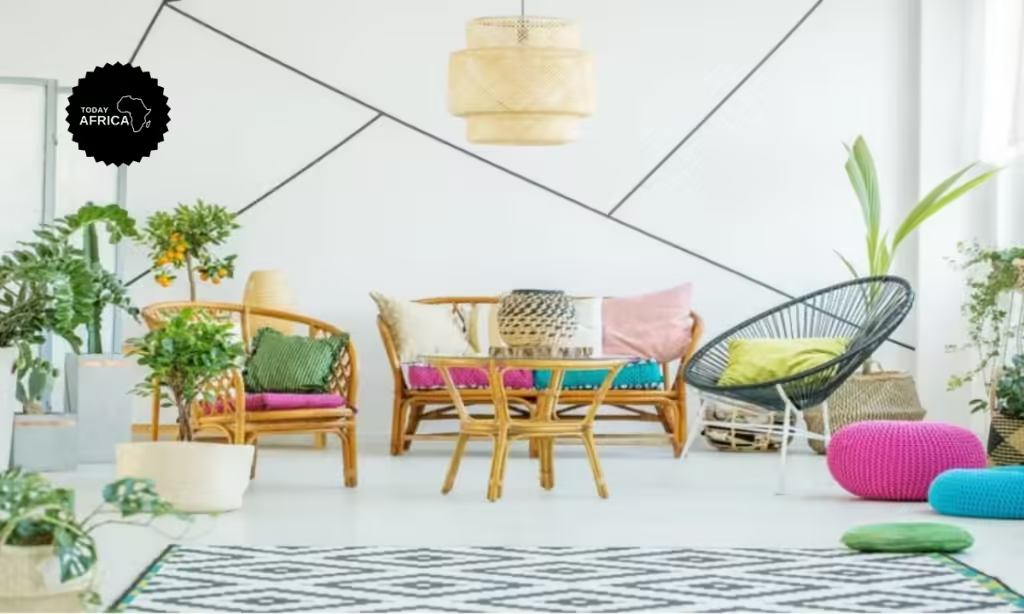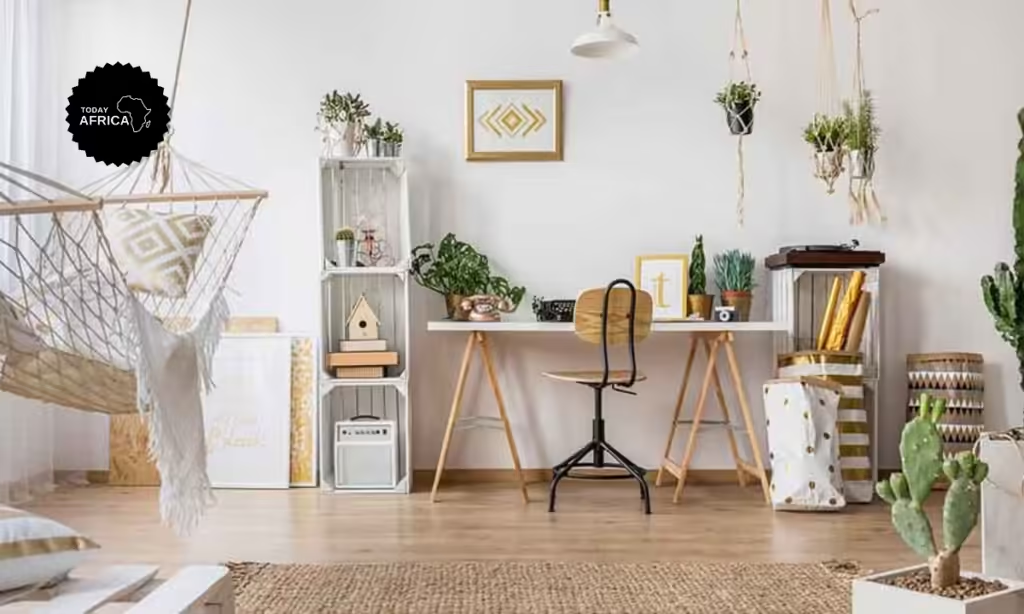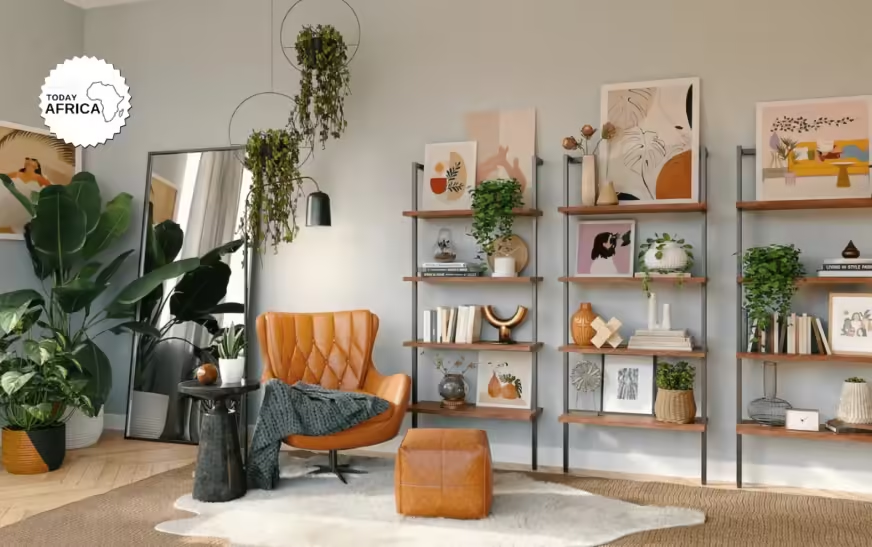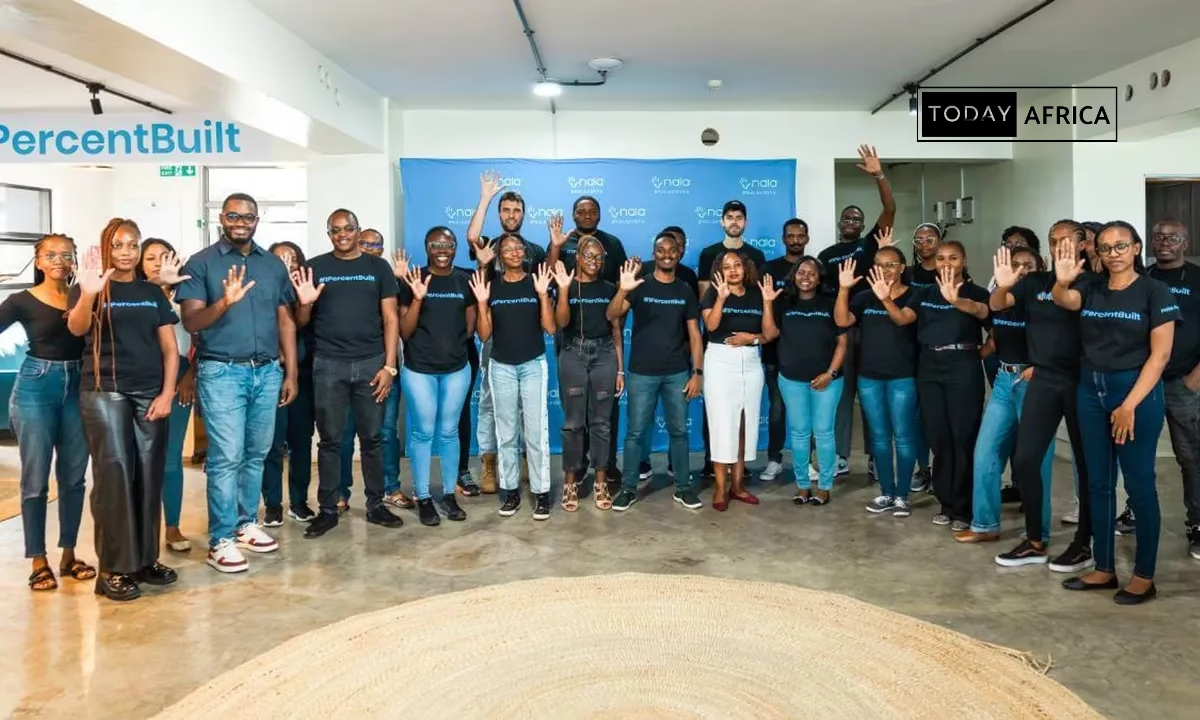With a growing demand for interior designers, there’s no better time than now to start your own interior design business. If you have a good eye for design and you are able to create beautiful and functional spaces, then you have the potential to be successful in this field.
In this blog post, we’ll discuss 10 steps to launch your interior design business, from understanding the nature of the business to effectively managing it.
What is an Interior Design Business?
An interior design business offers a range of services to clients who seek expert guidance and assistance in designing and decorating their spaces. Services can include space planning, furniture selection, color consultation, lighting design, material sourcing and more.
Interior design businesses can be either residential or commercial. Residential interior designers typically work with homeowners to create spaces that are both stylish and comfortable. While commercial interior designers work with businesses to create spaces that are functional and inviting.
Why Start an Interior Design Business?
Running an interior design business comes with its own set of rewards. Not only will you have the freedom to set your schedule and choose projects that you want. But you’ll also be able to work closely with clients and witness their appreciation for your work.
The global interior design market is expected to grow at a compound annual growth rate (CAGR) of 8.3% between 2022 and 2028, with commercial interior design expected to be the largest segment. It’s an exciting journey with endless possibilities.
10 Steps to Launch Your Interior Design Business

1. Understand the industry and market dynamics
Before launching your business, it’s crucial to understand the interior design landscape in Africa. The industry is diverse, and client needs vary significantly across different regions.
Trends in the African interior design market:
- Sustainability: There’s a growing emphasis on eco-friendly designs, with many clients looking for sustainable materials and practices.
- Cultural influence: African design aesthetics often incorporate local traditions and materials. Blending modern design with cultural elements can appeal to a broader audience.
- Urbanization: Rapid urban growth has led to increased demand for both residential and commercial design services.
- Affordability: Many clients seek affordable yet stylish design solutions that reflect their personality and meet their functional needs.
Research your target market thoroughly. Talk to potential clients, survey competitors, and analyze industry reports to gain insights into what drives demand in your region.
2. Develop a business plan
A solid business plan is crucial for laying the groundwork for your interior design business. This plan will serve as your roadmap and is essential if you seek funding.
Elements of your business plan
- Executive summary: Briefly describe your business concept, target market, and unique selling proposition.
- Market analysis: Present research on your local market, including competitors and potential challenges.
- Services offered: Outline your offerings, such as residential design, commercial design, or project management.
- Business structure: Choose the legal structure for your business (sole proprietorship, partnership, or limited liability company).
- Financial projections: Include startup costs, operational expenses, and revenue forecasts.
- Marketing strategy: Detail how you plan to attract clients and build your brand.
3. Legal and administrative setup
Once you have your business plan, it’s time to tackle the legal and administrative aspects of your business.
Legal steps
- Business registration: Register your business with the appropriate government authorities in your country to comply with local laws.
- Licenses and permits: Some jurisdictions may require specific licenses for interior designers. Check your local regulations to ensure compliance.
- Contracts: Draft clear contracts that outline payment terms, services, and timelines.
- Insurance: Consider obtaining liability insurance to protect yourself from potential claims related to your work.
Administrative setup
- Accounting: Set up an accounting system to track income and expenses. You might consider hiring an accountant or using accounting software.
- Business banking: Open a separate bank account for your business to streamline financial management.
4. Define your niche and services
Defining your niche will help you stand out in the competitive interior design market. Consider focusing on specific types of design or client demographics.
- Residential design: Specialize in designing homes, including apartments, villas, and more.
- Commercial design: Focus on office spaces, retail stores, or hospitality venues.
- Sustainable design: Offer eco-friendly solutions that emphasize sustainability and energy efficiency.
- Luxury design: Cater to high-end clients seeking opulent and custom solutions.
Common services you can provide include:
- Consultation services: Offering expert advice to clients.
- Full-service design: Managing the entire design process from concept to completion.
- Project management: Overseeing design projects and coordinating with contractors.
- Furniture design: Creating custom furniture pieces tailored to client needs.
- Space planning: Optimizing layouts to enhance functionality and flow.
Read Also: 20 Small Manufacturing Business Ideas in Africa This Year
5. Build a strong portfolio
Your portfolio is one of your most valuable marketing tools. As a new designer, you may not have extensive completed projects, but there are ways to build an impressive portfolio.
Strategies to build your portfolio:
- Volunteer projects: Offer your services for free to friends, family, or non-profits to gain experience and showcase your work.
- Personal projects: Design your own space, using it as a canvas to demonstrate your style and capabilities.
- Collaborations: Work with local artisans or suppliers to create sample designs or staged spaces for your portfolio.
Tips for portfolio development
- Focus on quality: Present high-quality images of your best work.
- Professional photography: Invest in professional photography to enhance the visual appeal of your portfolio.
- Digital presence: Create an online portfolio using a website or platforms like Instagram and Pinterest to reach a wider audience.

6. Build your brand
A strong brand identity helps establish trust and credibility with potential clients. Your brand should reflect your style, values, and professionalism.
Here are the things that help in building your brand:
- Brand name and logo: Choose a name and logo that resonate with your target audience and reflect your design philosophy.
- Consistent identity: Ensure consistency across all platforms, including your website, social media, and marketing materials.
- Website: Create a professional website that showcases your portfolio, services, and client testimonials.
- Social media: Leverage social media platforms like Instagram and Facebook to showcase your work, engage with potential clients, and build a following.
7. Establish vendor relationships
Strong relationships with vendors can enhance your business’s efficiency and quality. Establish connections with suppliers, artisans, and contractors.
- Local artisans: Collaborating with local craftsmen can provide unique materials and support the local economy.
- Furniture and material suppliers: Develop relationships with reliable suppliers who can provide high-quality materials.
- Importers: If you need materials from outside Africa, establish connections with reputable importers.
8. Marketing and client acquisition
Developing a marketing strategy is essential for attracting clients to your interior design business.
Here are effective marketing strategies to use:
- Word of mouth: Deliver exceptional service to encourage clients to recommend you to others.
- Networking: Attend industry events, trade shows, and local business networking groups to meet potential clients and partners.
- Social media marketing: Regularly post updates and engaging content on social media to showcase your work and attract followers.
- Google My Business: Create a listing on Google My Business to help local clients find your services easily.
- Collaborations: Partner with real estate developers, architects, and other professionals who can refer clients to you.
9. Pricing your services
Setting competitive prices for your services is crucial for profitability and client acquisition. Research market rates and determine a pricing strategy that reflects your expertise.
Pricing models to use:
- Hourly rate: Charge clients based on the time you spend on their project.
- Flat fee: Set a fixed price for the entire project, which can provide clarity for clients.
- Cost-plus pricing: Charge clients for materials plus a markup for your services, which is useful for projects requiring procurement.
- Package pricing: Offer bundled services at a fixed price to attract a range of clients.
Make sure to account for all costs, including labor, materials, and overhead, when setting your prices.
10. Client management and communication
Effective client management is essential for maintaining satisfaction and ensuring repeat business.
Best practices for client management
- Set clear expectations: Clearly outline your processes, timelines, and deliverables from the start.
- Regular communication: Keep clients informed throughout the design process with updates and progress reports.
- Solicit feedback: Encourage clients to provide feedback and be open to making adjustments to meet their needs.
- Post-project follow-up: After completing a project, follow up with clients to ensure they are satisfied and address any concerns.
Read Also: 100 Business Opportunities in Africa This Year
Other Steps Include

11. Continuous learning and development
The interior design industry is constantly evolving, and staying updated is vital for maintaining your competitive edge.
- Courses and certifications: Enroll in relevant courses to enhance your skills and knowledge.
- Workshops and seminars: Attend industry events to learn from experienced professionals and network with peers.
- Industry trends: Follow design blogs, magazines, and influencers to keep abreast of the latest trends and innovations.
12. Scale your business
Once your business is established and successful, consider strategies for growth and expansion.
Strategies for scaling your interior design business include:
- Hire a team: As your workload increases, consider hiring additional designers or administrative staff to assist you.
- Expand service offerings: Diversify your services by including staging, furniture design, or consultation for real estate investments.
- Explore new markets: Look into expanding your business to other cities or countries, or catering to new client segments.
Conclusion
Launching your interior design business in Africa presents an exciting opportunity to tap into a growing market. By understanding the industry, developing a solid business plan, building a strong portfolio, and establishing a credible brand, you can carve out a successful niche for yourself in this vibrant industry.
With creativity, perseverance, and a focus on client satisfaction, your interior design business can thrive and contribute to the evolution of design in Africa. Remember that the journey is ongoing; continuous learning, adaptation, and community engagement will keep your business dynamic and relevant in this ever-changing landscape.
Leave a comment and follow us on social media for more tips:
- Facebook: Today Africa
- Instagram: Today Africa
- Twitter: Today Africa
- LinkedIn: Today Africa
- YouTube: Today Africa Studio
















